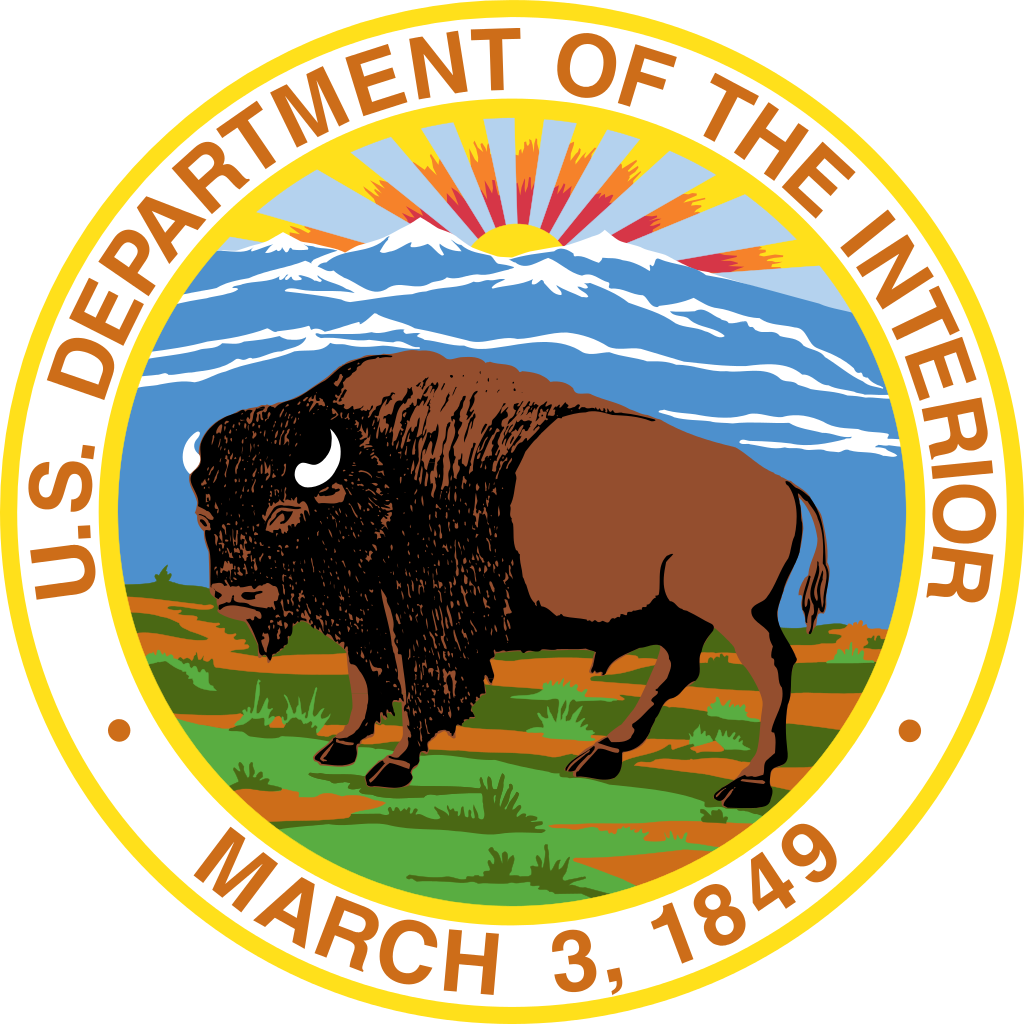Development of a South Atlantic Ecosystem Model: A Coupled Marine Environmental Assessment and Prediction System for the Southeastern U.S. Coastal Ocean in Support of Effective Marine Ecosystem-Based Management
Sponsor: U.S. Department of the Interior's Fish and Wildlife Service

Collaborators
U.S. Fish & Wildlife Service, South Atlantic Landscape Conservation Cooperative: Rua Mordecai, Roger Pugliese
Group Solutions: Brett Boston
University of Miami: Jerald Ault
Florida Fish and Wildlife Conservation Commission: Luiz Barbieri
University of Florida: Y. Peter Sheng
SECOORA: Vembu Subramanian
College of Charleston: Marcel Reichert
University of Victoria: Tom Okey
Funding Period
October 2015 – September 2017
Description
This collaborative regional effort to build a South Atlantic Ecosystem Model will facilitate the connection of inland and coastal marine management strategies and actions to potential resource and economic impacts in estuarine and coastal marine environments, with the following two goals:
- Improve and Expand the Functionality of the South Atlantic Landscape Conservation Cooperative Blueprint. The SALCC Blueprint is unique in its ability to connect across terrestrial, freshwater, and marine systems. Unfortunately, the availability of and quality of current models connecting impacts across those ecosystems are a major barrier for modeling efforts and Blueprint Users. Improving these models is a high priority for Blueprint 2.0 workshop participants, Coastal and Marine Blueprint Users, the Indicator Revision Teams, and the Conservation Design Team.
- Identify and Sustain Benefits for Blueprint Users.
Inland to Marine: Improve the ability to reliably quantify how SALCC and SAFMC conservation actions contribute to the productivity and sustainability of estuarine and coastal marine ecosystems.
Estuarine and Coastal Marine: Improve the ability to quantify how Coastal and Inland actions impact Estuarine and Marine systems.
We anticipate that these efforts will enhance the ability to incorporate this information into management and policy (SAFMC) enhancing conservation of Essential Fish Habitat (EFH) and the sustainability of economically and ecologically important fisheries and fish populations that advances the synergies between the SALCC Blueprint 2.0 and SAFMC Fishery Ecosystem Plan II.
